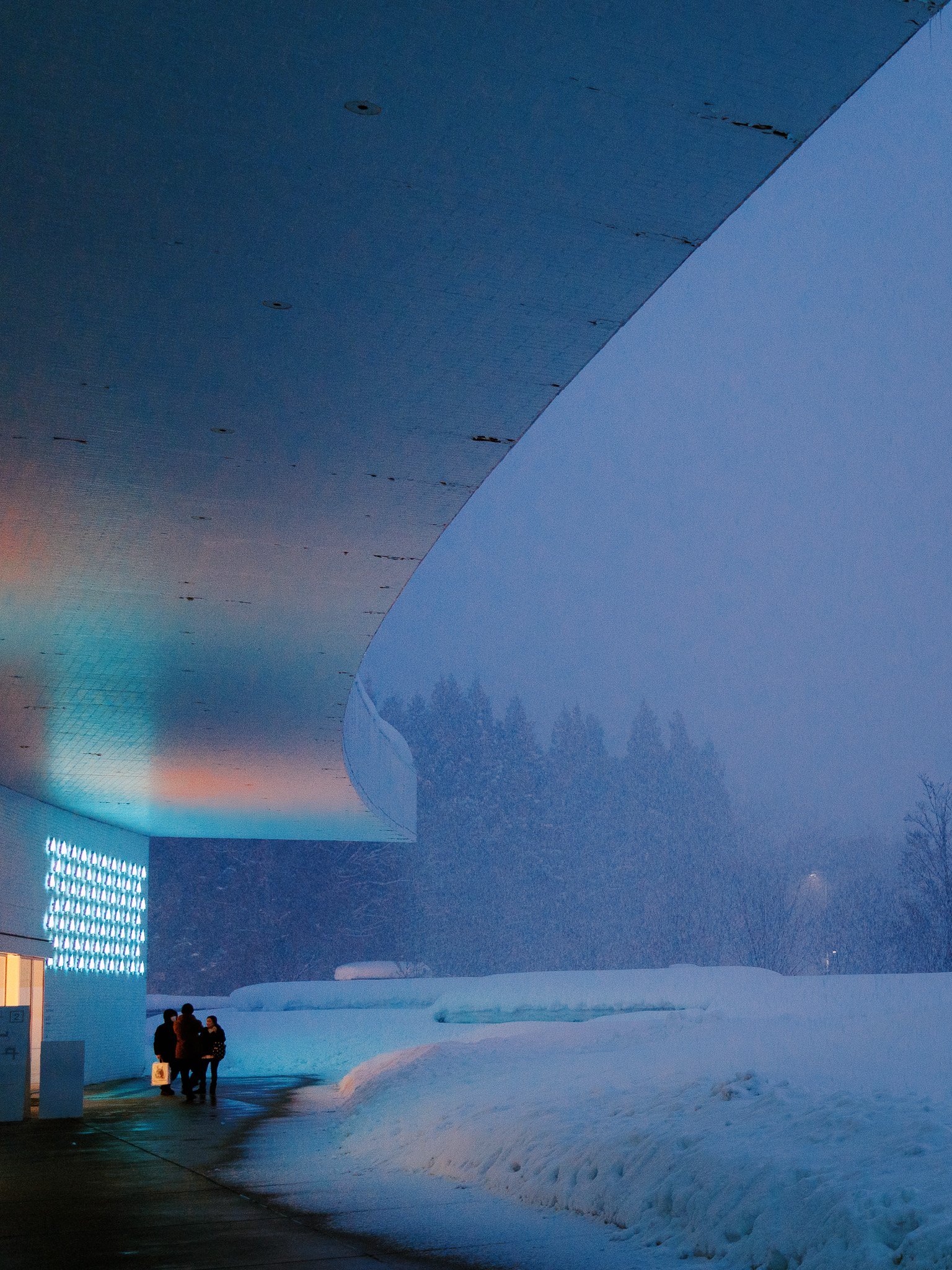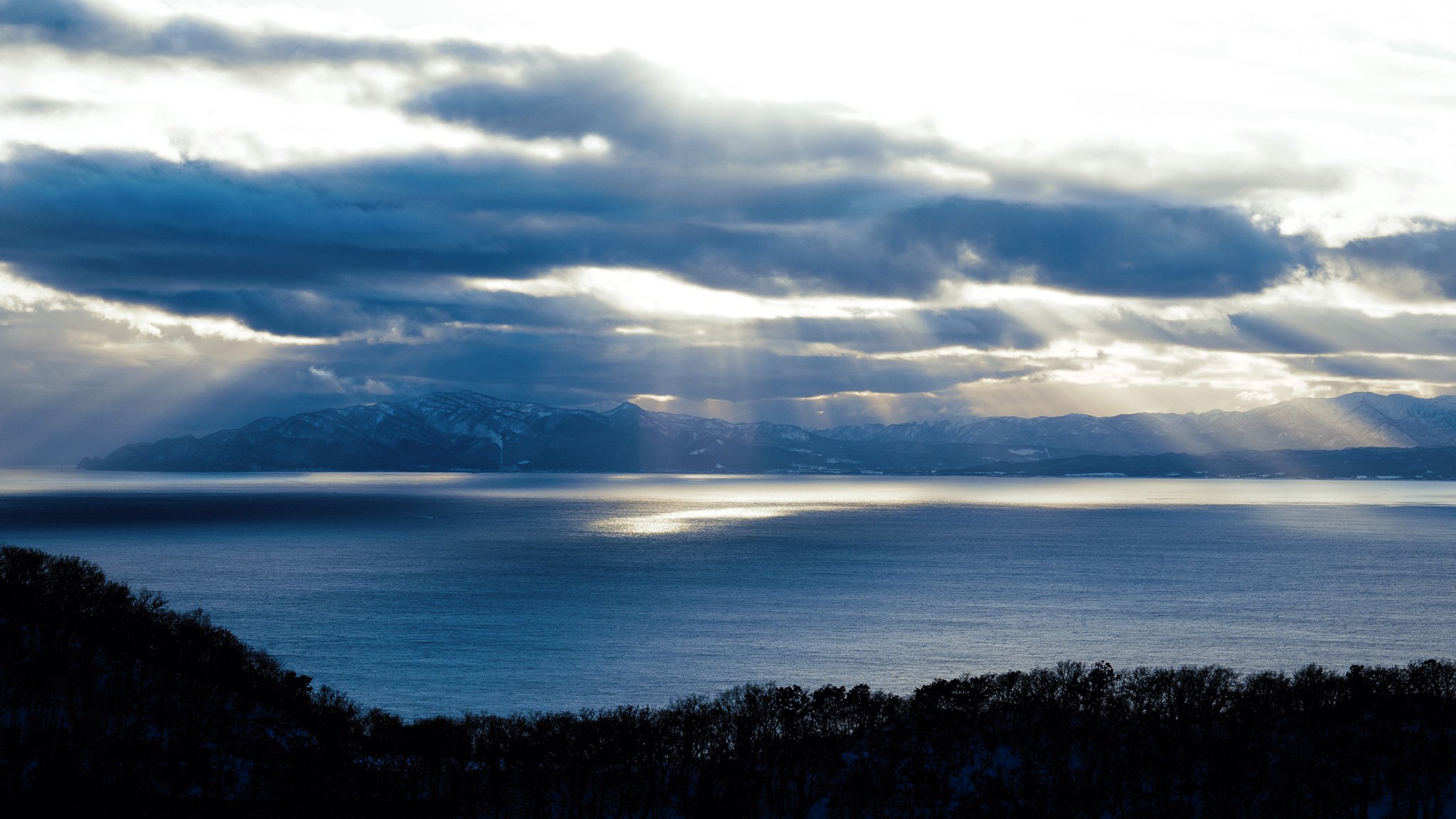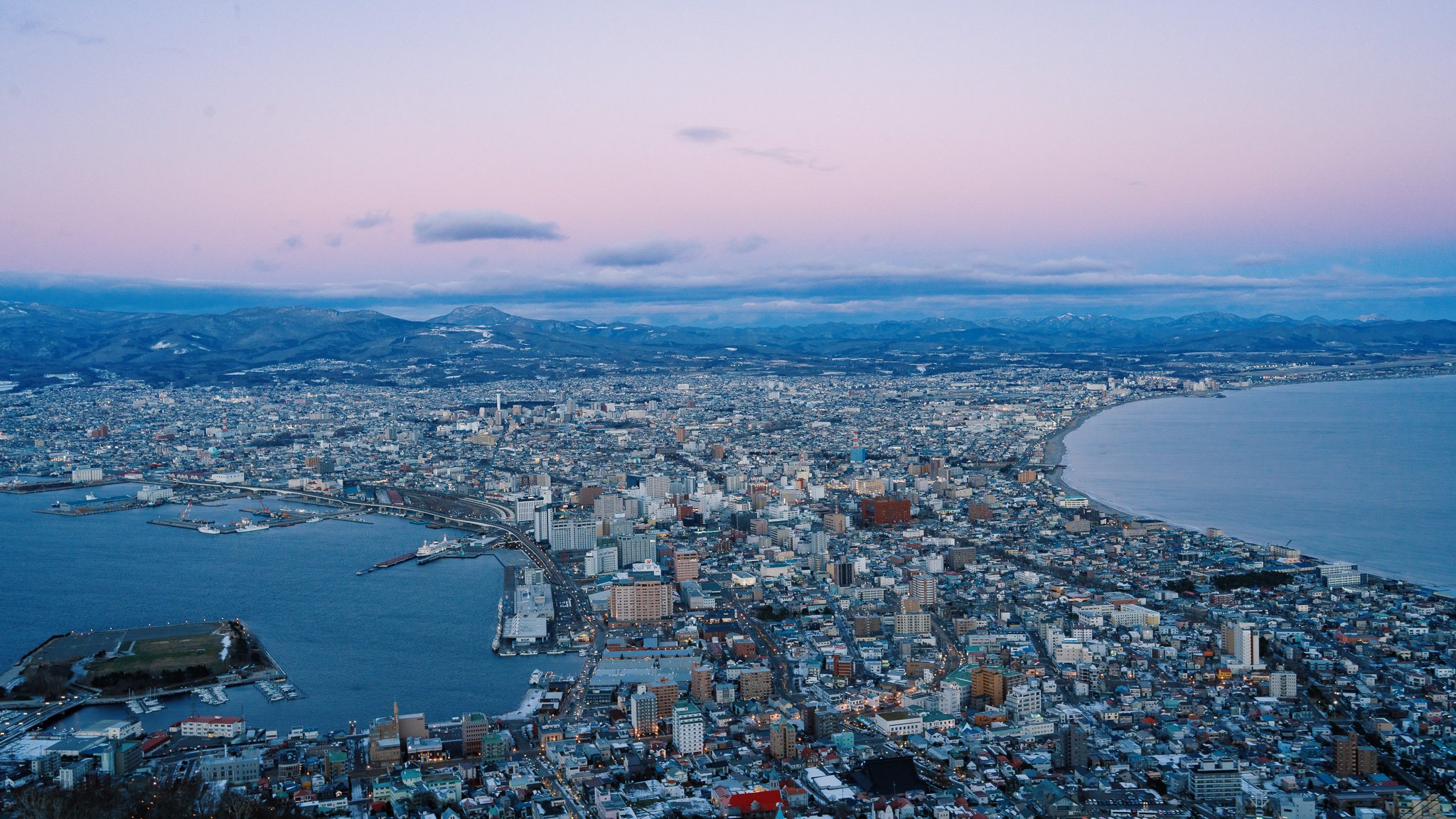
Hokkaido






Behind the scene
Leaving Aomori for Hakodate, I felt reluctant. The snowfall in Aomori was beyond what I had imagined—just half a day wasn’t nearly enough to let this city, along with every drifting snowflake, settle into my memory. But as soon as the train pulled into Hakodate, my mood plummeted.
The snow on the ground was dirty, the sky was a dull gray, and there wasn’t the slightest sign that it would snow again. The night in Hakodate felt endlessly empty. Not a single person in sight. As I stepped out of the station, I had only one thought: if I could, I would turn around and go straight back to Aomori.
The tram was the only thing moving, gliding quietly down the middle of the road. Its windows were fogged up, silhouettes inside barely visible. The whole city felt like it had gone into hibernation—silent, unmoving—except for this tram, running back and forth like the last piece of machinery still working.
I pushed open the door to a small Italian restaurant. The place was tiny, but the heat from the pizza oven made it glow like a furnace. I sat close to the fire, watching the chef work in silence, stirring sauce, boiling pasta, carefully blending flavors. The air smelled of flour and fire, warm and comforting—but only for a moment. When I grabbed my coat from the hanger and stepped back outside, the heat was gone in an instant, sealed behind the door. The cold, the emptiness of the streets, swallowed me whole again.
The next afternoon, I went up Mount Hakodate. But it wasn’t the famous night view that made me stop in my tracks—it was the other side of the mountain, where the vast, open Hakodate-Hokuto plains stretched out before me.
I had taken the ropeway up early to avoid the crowds at sunset, thinking I’d just take a quick look and head back down. But as I wandered to the far side of the summit, everything opened up—the snow-covered plains, mountains wrapping around them, and a few cargo ships cutting through the perfectly still water. The scene barely moved, yet it carried a quiet force that hit me all at once.
On the other side, the sun was sinking lower, sharp rays breaking through the clouds and striking the ocean in thin, blinding beams. The light was so bright I had to squint, standing there, just watching, taking it all in. And in that moment, I knew—it was worth it.
Every side of Mount Hakodate has something worth seeing. But most people stay fixed in one spot, waiting for hours to take the same shot that has been taken a million times before. No thought, no emotion—just another photo for social media. And just a few steps away, something equally breathtaking is left unnoticed.
I keep thinking—maybe social media is ruining our ability to truly see things for ourselves. We’re losing the instinct to discover, to feel, to simply stand in front of something and be moved by it.
I ran from one angle to another, chasing every shift of light until the sun disappeared completely.
By the time I was ready to leave, the summit was packed. The wait for the ropeway had jumped from five minutes to an hour and a half. The classic viewpoint was buried under layers of people, all pushing forward for the same frame.
I stood at a distance, took one last look at the Hakodate nightscape, and stepped onto the ropeway. My feet were numb from the cold. But for the first time since arriving, I felt warm inside.
